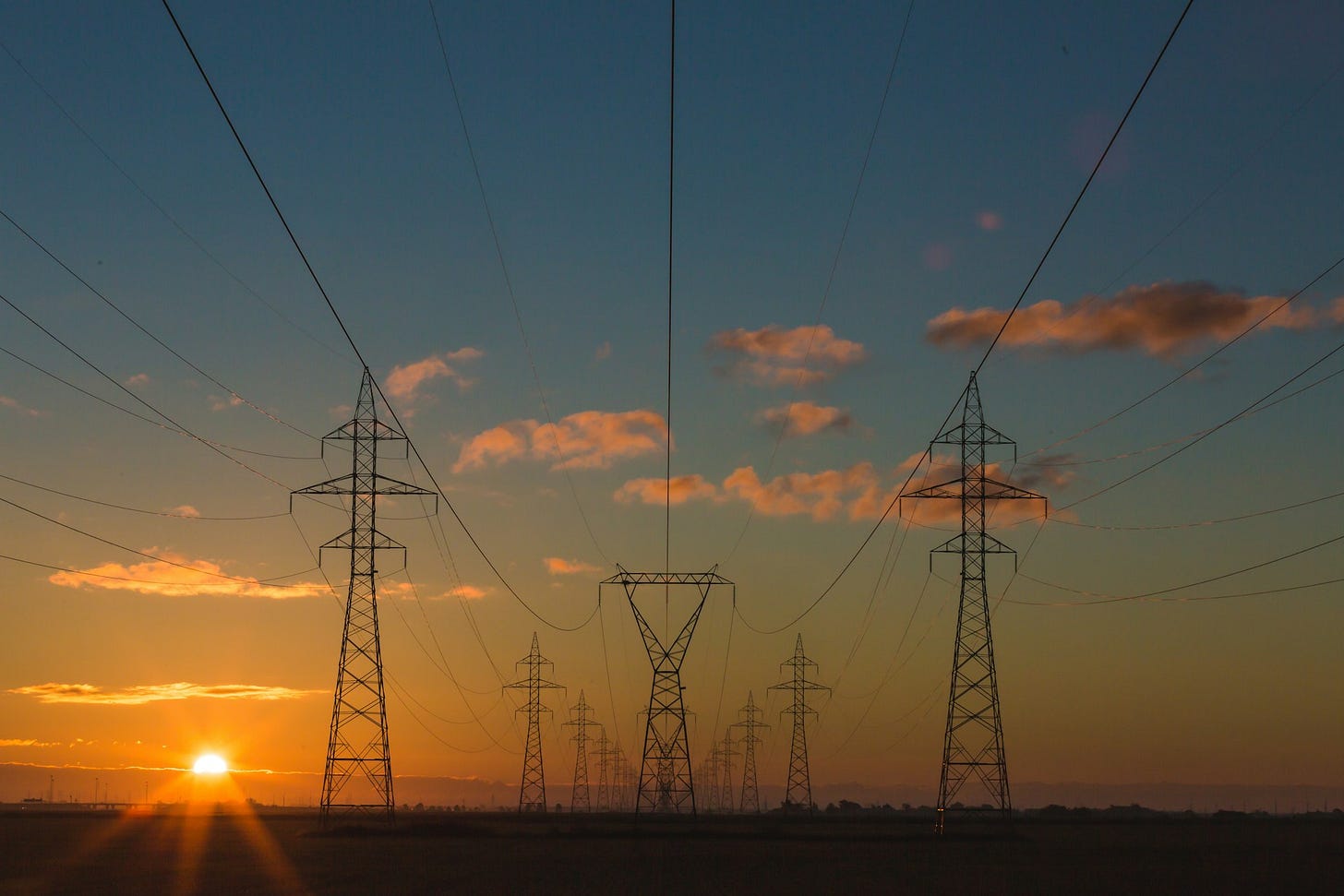Why Texas will add more clean energy than any state this year
Texas is expected to build twice as much clean energy capacity as the next two states—California and Arizona—combined
A quick editor’s note: Before getting into our regularly scheduled newslettering for the week, I want to say thank you to everyone that supported the official launch of Cleanview last week. If you haven’t checked out the product yet, I’d encourage you to check out our free project explorer or sign up for Cleanview Pro.
You can see a list of the the largest and most recently built clean energy projects in Texas by using the project explorer tools below:
In recent years, clean energy has expanded at a record pace. As I wrote in one of the first installments of the Cleanview newsletter, the growth of clean energy is expected to accelerate significantly this year.
But that growth won’t be evenly distributed.
Over the next 18 months, the vast majority of clean energy and storage capacity will be built in a small number of states. No state will see more growth in clean energy than Texas.
In order to understand why Texas is adding so much clean energy capacity, it’s helpful to look at two big factors: booming demand and the state’s “connect and manage” approach to grid interconnection.
Texas is adding more of everything
No other state is seeing more growth in electricity demand than Texas. While crypto-mining operations and data centers get much of the attention, they are far from the only source of new demand.
The state’s population and housing stock are booming. Last year, Texas led the nation in population growth, adding nearly half a million people; the state added the second most new housing units. All of this growth is happening in a place where most homes are heated and cooled using electricity.
In addition to adding new people, the state is also adding new companies and factories. In response to the CHIPS and IRA bills, companies have announced new facilities to make everything from semiconductors to EV batteries.
Earlier this year, the grid operator in Texas, ERCOT released a shocking presentation in which they forecast that electricity demand could double in just the next 6 years. (The forecast has been hotly debated and may be a significant overestimate).
ERCOT’s “connect and manage” strategy
Texas is also benefitting from what some energy analysts consider the country’s best grid interconnection process.
While grid operators across the country have been bogged down by delays and lengthy studies, ERCOT has adopted a “connect and manage” approach that has enabled it to add more capacity than any grid over the last few years.
As Utility Dive’s Ethan Howland writes:
The Texas grid operator focuses its interconnection request studies on what local upgrades are needed for a project to connect to the grid. In contrast to the rest of the U.S., it doesn’t examine the possible need for broader network upgrades. ERCOT manages any grid bottlenecks caused by a new generator through market redispatch and curtailment.
The result: Texas has been able to keep pace with its fast-growing demand, all while reducing carbon intensity on the grid.
Want to explore the data in this story for yourself?
I did all the analysis for this story using Cleanview. You can learn more about the platform by clicking the button below.




That bar chart is 🤯
I appreciate this discussion of how rapidly things are changing, though I worry that many readers many not know the basics about where Texas currently stands in its (extremely high) energy use and emissions.